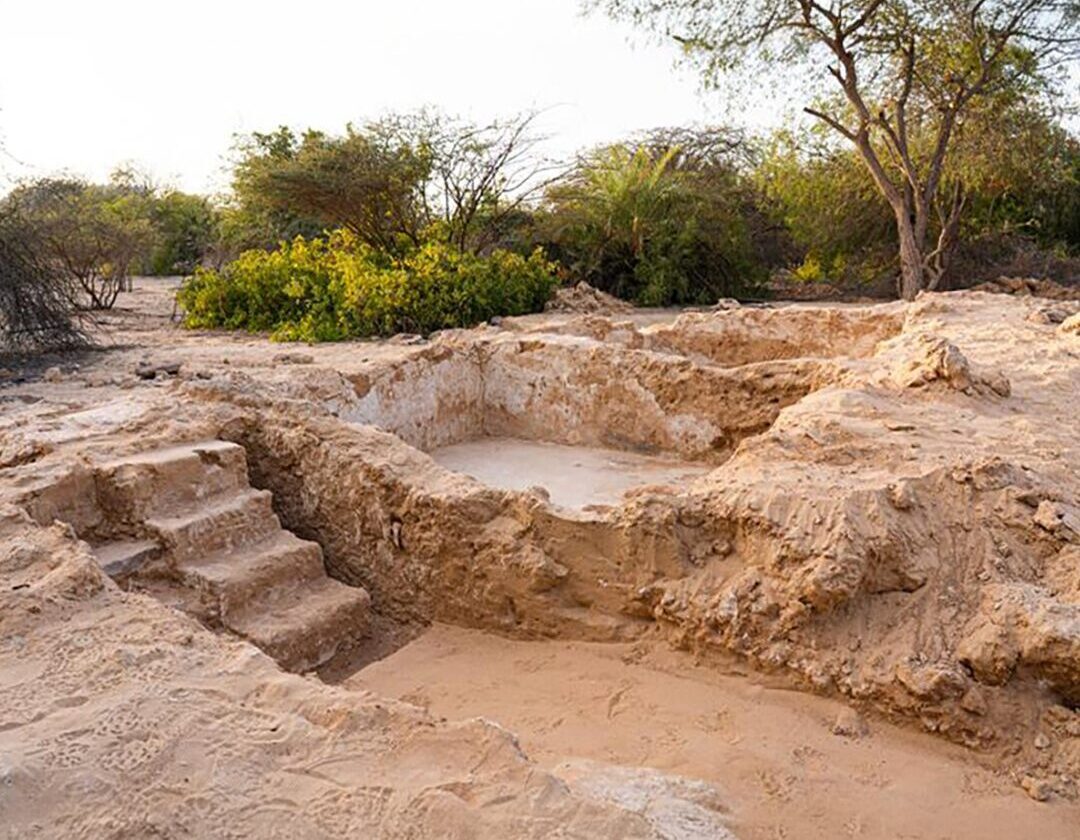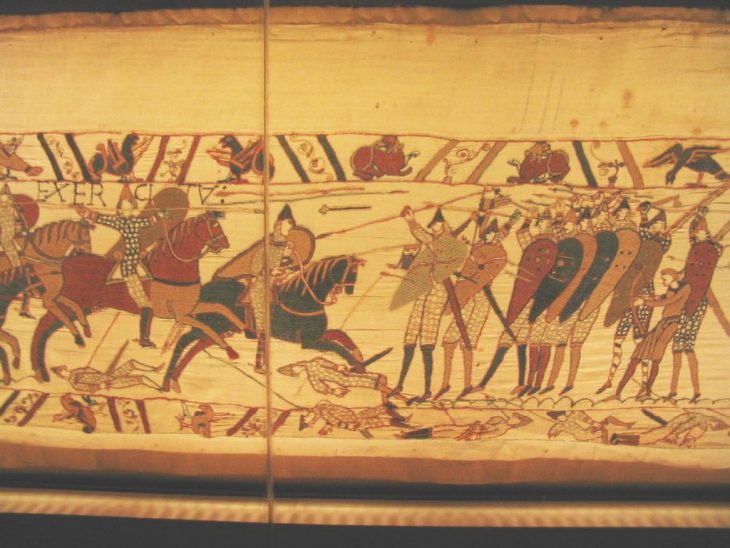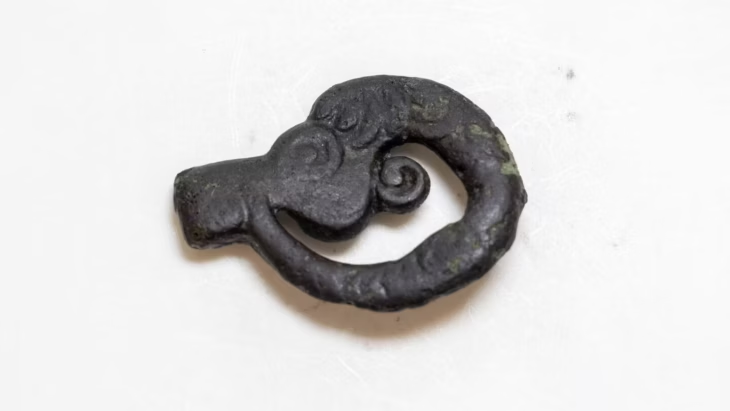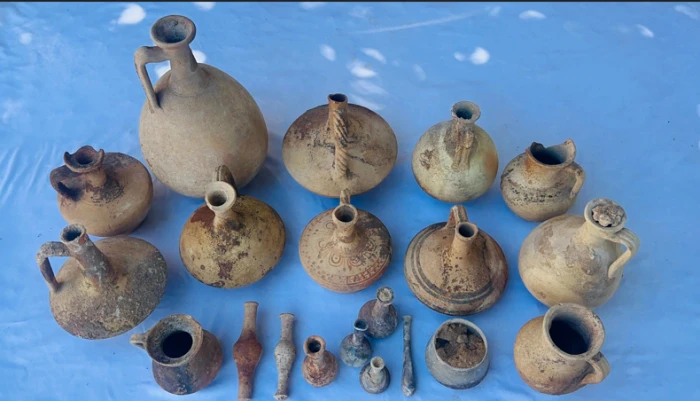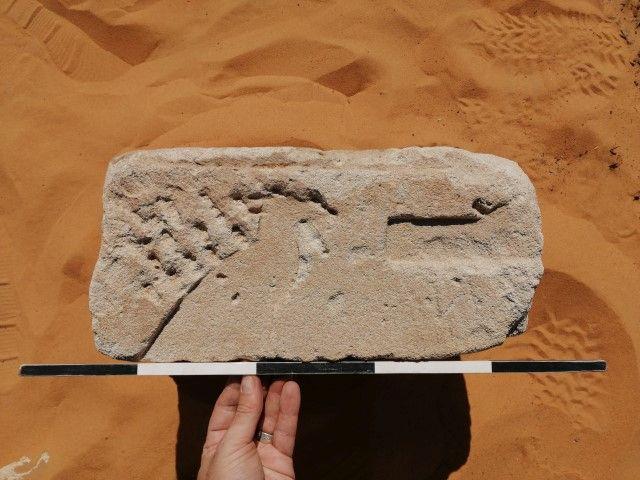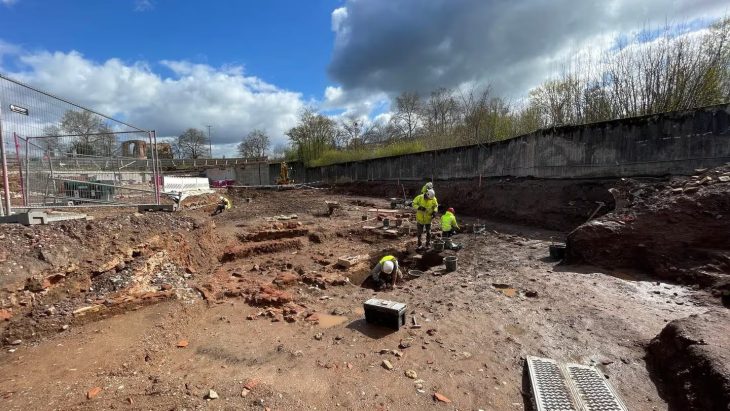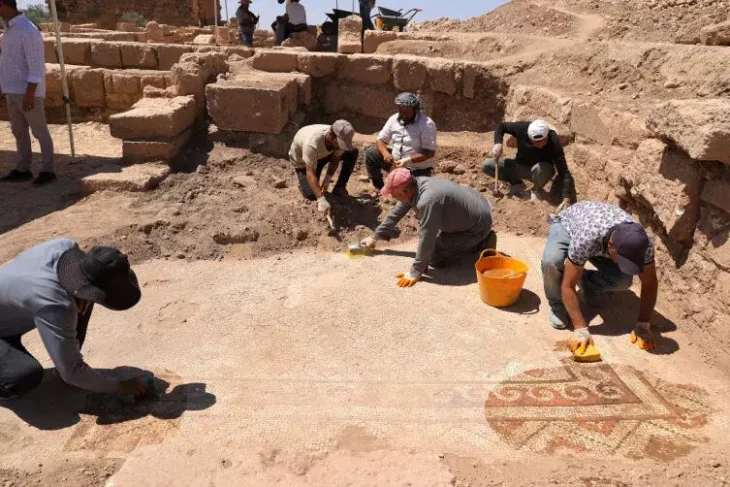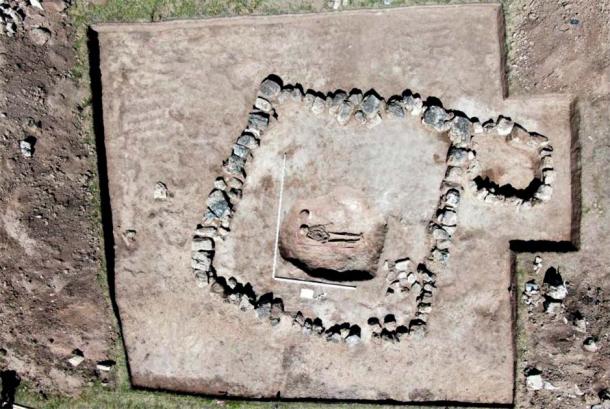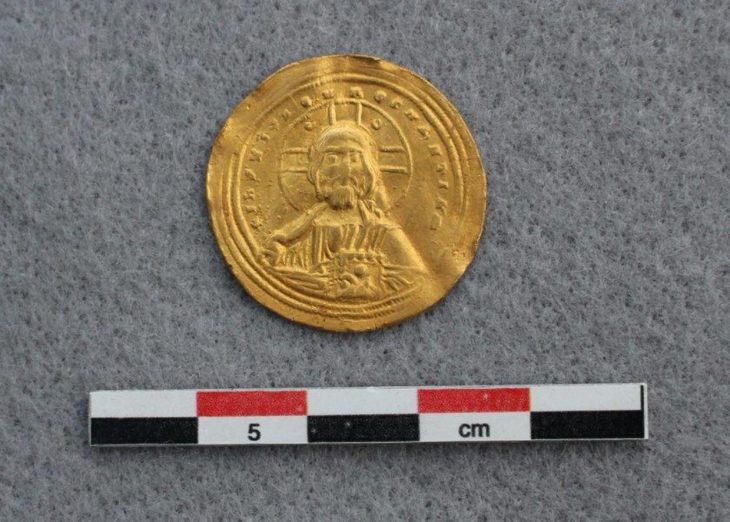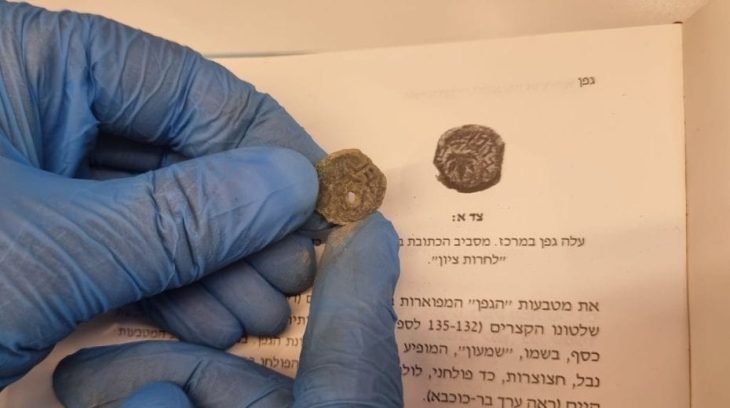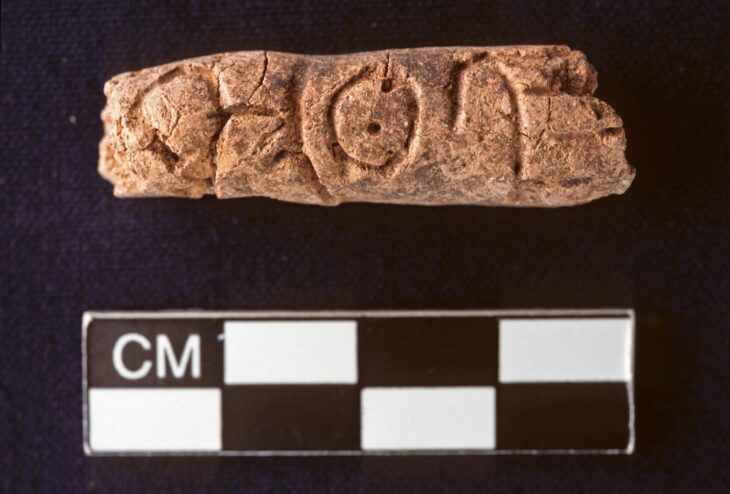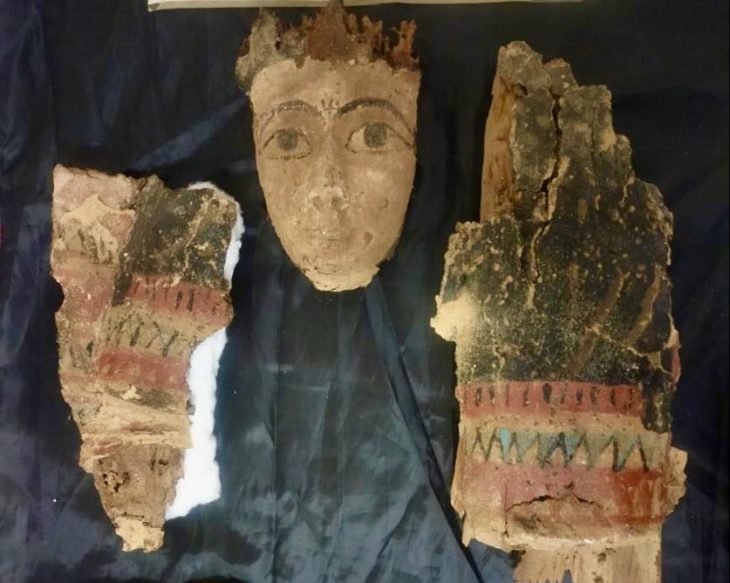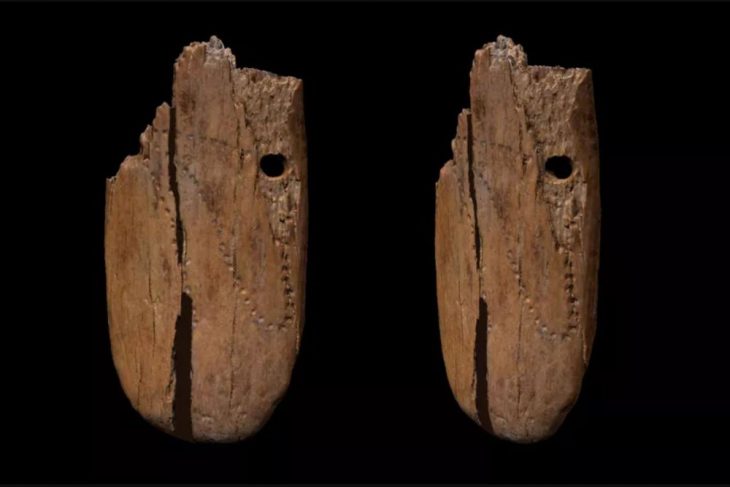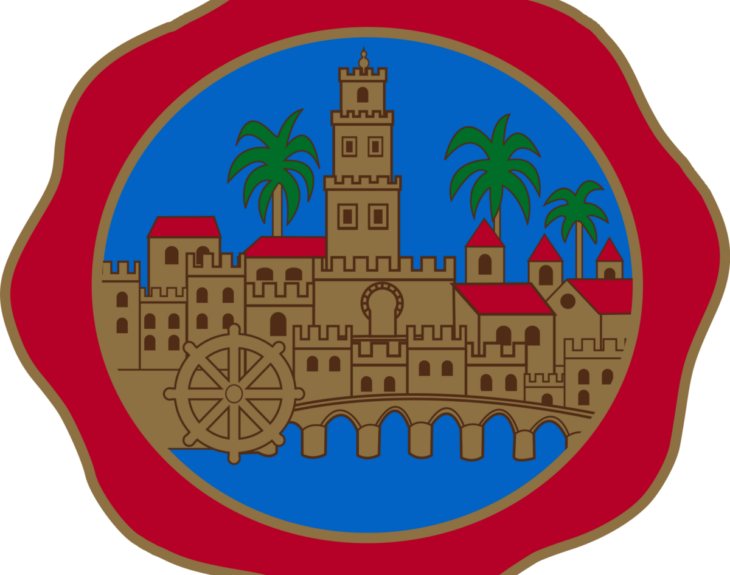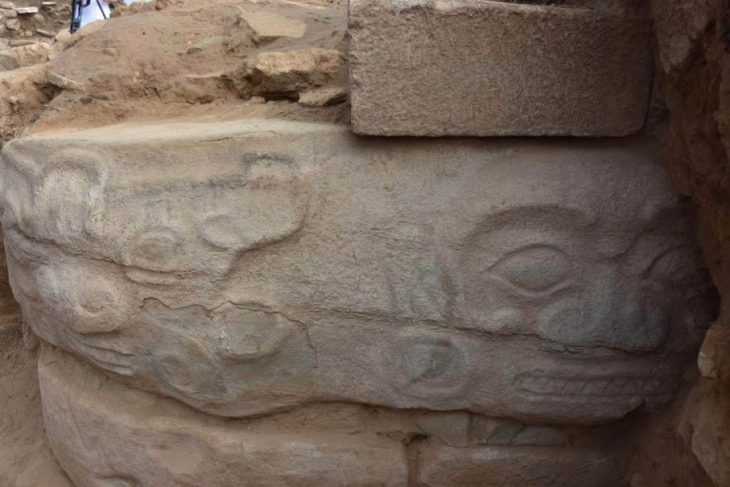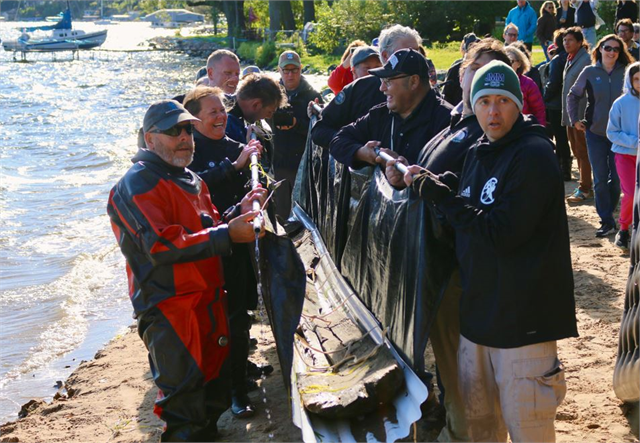A remarkable archaeological discovery on Sir Bani Yas Island has brought to light an ancient Christian cross dating back more than 1,400 years. The find, announced by the Department of Culture and Tourism – Abu Dhabi (DCT Abu Dhabi), sheds new light on the UAE’s deep-rooted history of cultural and religious coexistence.
The cross, moulded on a stucco plaque, was unearthed during the first major excavation campaign on the island in more than three decades. Measuring 27 centimeters in length and 17 centimeters in width, the artefact is believed to have been used by monks for spiritual devotion in the 7th–8th century CE. Experts say the style of the cross bears similarities with finds from Iraq and Kuwait, linking it to the Church of the East, one of the oldest Christian traditions in the region.
A Testament to Shared Heritage
Mohamed Khalifa Al Mubarak, Chairman of DCT Abu Dhabi, emphasized the symbolic significance of the find.
“The discovery of this ancient Christian cross on Sir Bani Yas Island is a powerful testament to the UAE’s profound and enduring values of coexistence and cultural openness. It reminds us that peaceful coexistence is not a modern construct, but a principle woven into the very fabric of our region’s history.”
The discovery reinforces the emirate’s long-standing narrative as a crossroads of civilizations, where diverse faiths and communities thrived side by side.
📣 Our WhatsApp channel is now LIVE! Stay up-to-date with the latest news and updates, just click here to follow us on WhatsApp and never miss a thing!!
A Glimpse Into a Flourishing Christian Community
The monastery on Sir Bani Yas was first discovered in 1992 by the Abu Dhabi Islands Archaeological Survey, revealing evidence of a church and monastic complex. The site is one of several Christian monasteries known across the Gulf region, with parallels found in Umm Al Quwain, Kuwait, Iran, and Saudi Arabia.
This season’s excavation focused on a cluster of courtyard houses north of the main church and monastery. Archaeologists believe these structures may have served as dwellings for senior monks seeking solitude, or as retreats for pilgrims and wealthy Christians who journeyed to the island for spiritual reflection.
Hager Al Menhali, an Emirati archaeologist at DCT Abu Dhabi, described the moment of discovery to The National:
“The plaster was resting face down, and when we turned it over, we were stunned to see a beautifully preserved cross. It was one of the most significant discoveries of the season.”
The cross incorporates regional motifs, including a stepped base thought to represent Golgotha—the hill where Christians believe Jesus was crucified—along with floral patterns and symbolic dots. Such details not only confirm the site’s Christian heritage but also demonstrate the cultural exchanges that shaped artefacts across the Middle East.
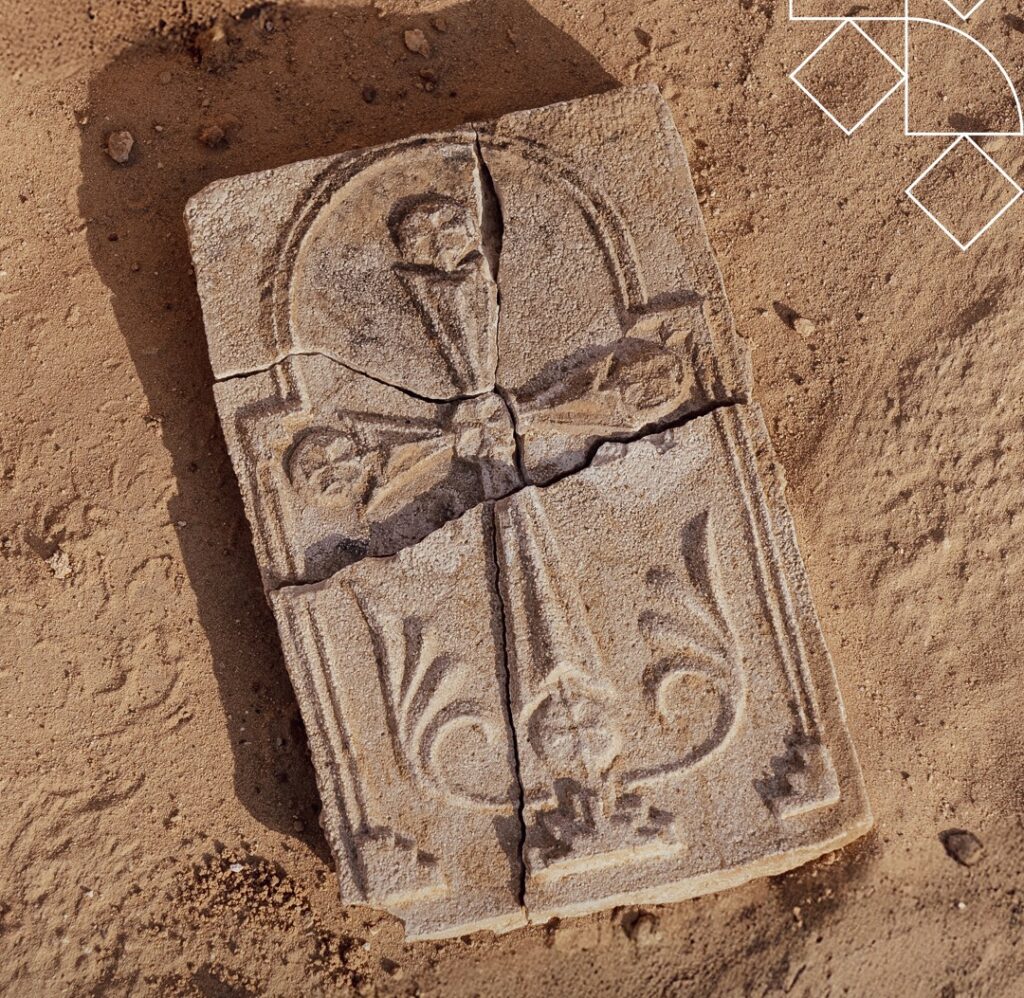
An Island With Layers of History
Sir Bani Yas, located about 170 kilometers southwest of Abu Dhabi, is today a wildlife reserve where gazelles and other animals roam freely. Yet its human history stretches back more than 8,000 years, encompassing pearling, trade, and religious life. During the 7th and 8th centuries, the island was home to a Christian community that later coexisted peacefully with the arrival of Islam.
Archaeological evidence suggests the monastery was abandoned in the 8th century without signs of conflict, highlighting a legacy of mutual respect between early Muslim and Christian communities.
Preserving and Sharing the Past
In recent years, DCT Abu Dhabi has undertaken extensive preservation efforts at Sir Bani Yas, including the construction of protective shelters and the establishment of a visitor center. Artefacts such as glass chalices, seals, and fragments of decorative stucco are already on display, while guided tours allow visitors to explore the monastery and surrounding natural landscape.
A multi-faith church, inspired by the island’s ancient heritage, has also been built near the visitor center, symbolizing the UAE’s ongoing commitment to religious tolerance.
Looking ahead, archaeologists will continue to excavate the courtyard houses, with plans to integrate them into a broader cultural trail on the island. Future research, including radiocarbon dating, is expected to reveal more about daily life on Sir Bani Yas during the early Christian period.
A Legacy That Inspires
For DCT Abu Dhabi, the discovery is more than an archaeological milestone—it is a story of identity and inspiration.
“These discoveries deepen our connection to the past and inspire future generations to embrace the spirit of unity and mutual respect that has long defined our community,” Al Mubarak noted.
As the ancient cross joins the growing collection of artefacts from Sir Bani Yas, Abu Dhabi once again affirms its role as a guardian of heritage and a beacon of cultural understanding in the region.
Department of Culture and Tourism – Abu Dhabi
Cover Image Credit: Department of Culture and Tourism – Abu Dhabi

